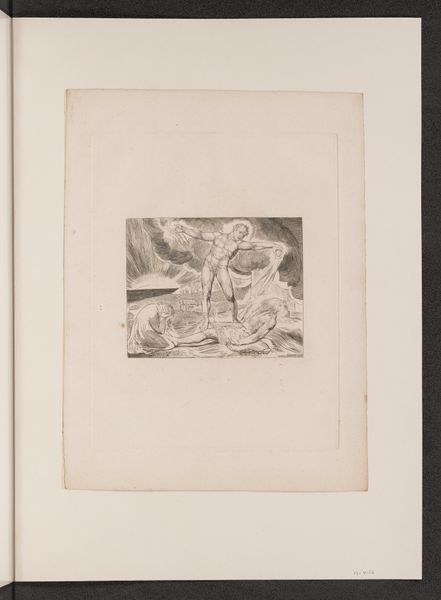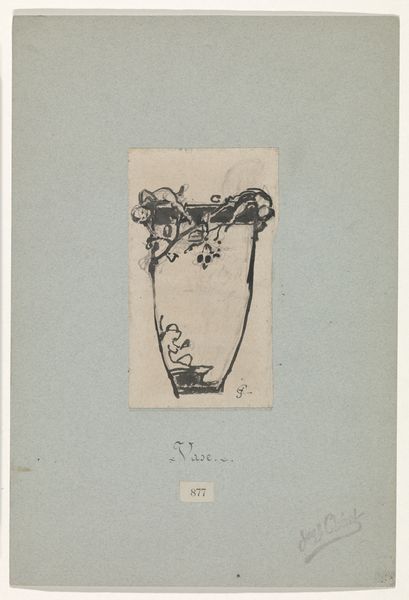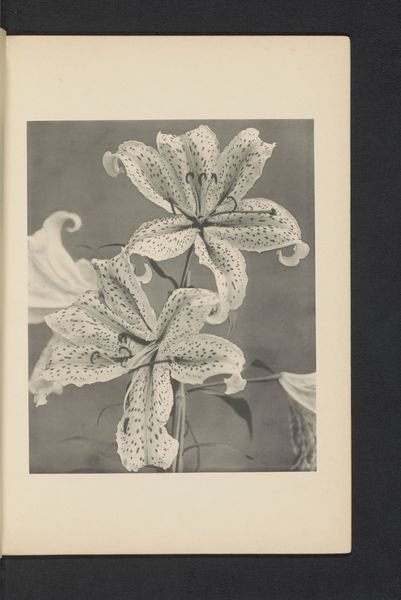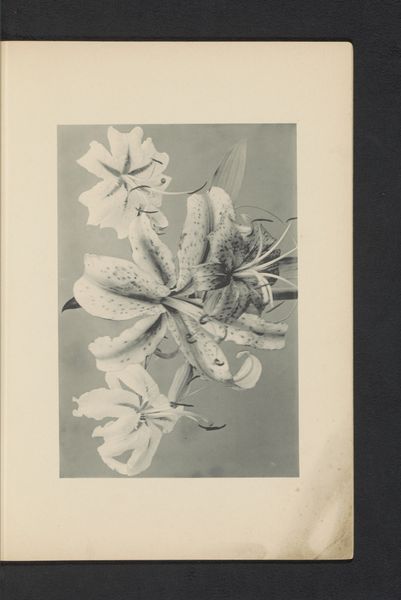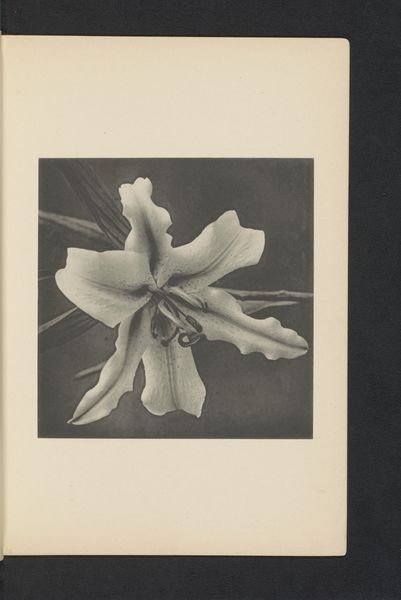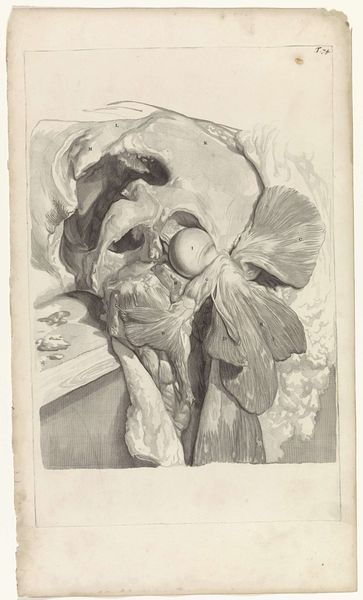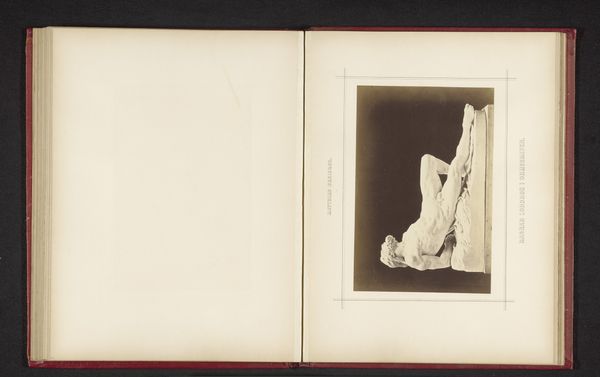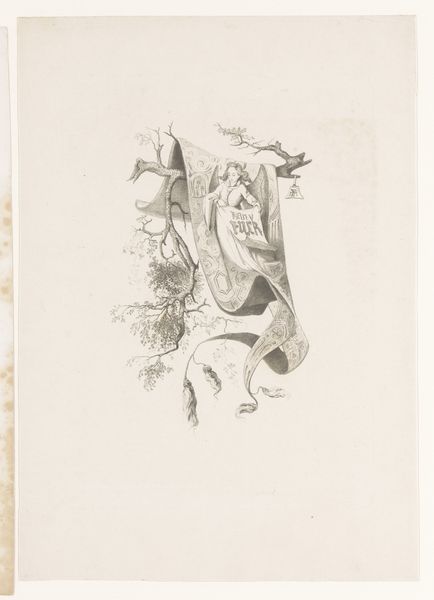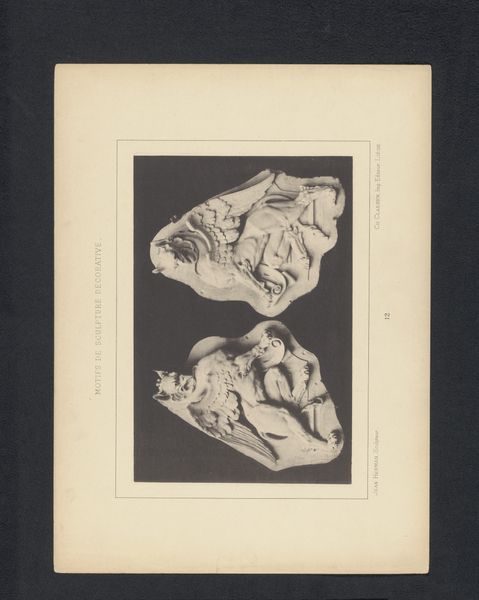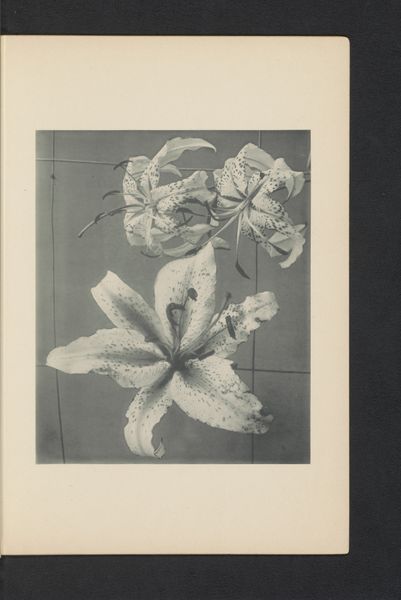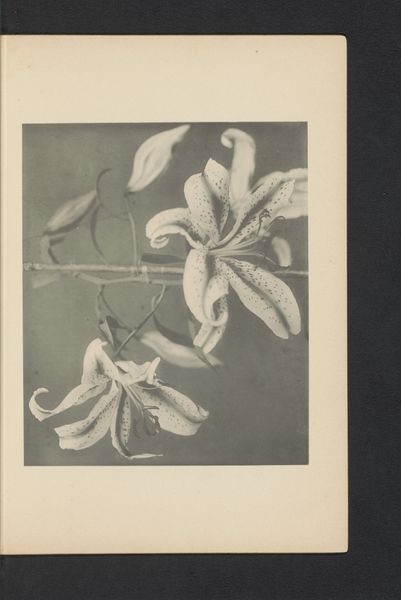
#
toned paper
#
light pencil work
#
pale palette
#
muted colour palette
#
white palette
#
paper texture
#
personal sketchbook
#
folded paper
#
sketchbook drawing
#
design on paper
Dimensions: height 193 mm, width 270 mm
Copyright: Rijks Museum: Open Domain
Curator: Before us we have a striking work entitled "Japanse Lelie," or Japanese Lily, believed to be created before 1895 by Kazumasa Ogawa. It’s rendered as a design on paper, capturing the delicate details of the flower. What are your initial thoughts on this piece? Editor: Immediately, there’s a sense of stillness that emanates from this image. The muted colour palette and light pencil work create an atmosphere of quiet contemplation. It's almost melancholic, like a faded memory. Curator: It's intriguing that you interpret it that way. Considering the historical context, floral studies like this were very popular among both Japanese and Western artists. They served not only as aesthetic exercises, but as part of the wider academic art market of the time, often catering to Western fascination with Japanese culture. Ogawa, as a pioneer of photography, capitalized on the burgeoning print market for export. Editor: Absolutely. This brings up interesting questions about Orientalism and how Japanese flora became symbolic within a colonial gaze. What was being projected onto the lily? Purity? Exoticism? Curator: It’s a compelling point. Works like these operated within very specific political and cultural contexts. As Japan opened to the West during the Meiji era, images of its natural beauty were both celebrated and exploited for trade. Photography also became a powerful medium for shaping public perception. Editor: So, Ogawa, working within those complex power dynamics, perhaps navigated a fine line between cultural preservation and commercial representation. Were images like these consumed differently within Japan versus abroad? Were they contributing to, or pushing against, dominant stereotypes? Curator: Precisely. These images were largely geared towards Western consumption as Japan was modernizing and Westernizing. By documenting and then printing art as photography, Ogawa allowed greater consumption from Western markets, so his role really became pivotal in how people consumed art during the late 19th Century. Editor: Thinking about it now, maybe that’s where my feeling of melancholy originates - in the recognition of cultural exchange that has come with so many complex implications. I'm so glad to unpack images like these in these terms because there's always much more to them than a first impression. Curator: Absolutely, examining art through an intersectional lens is crucial. This allows us to unveil not just aesthetic value but historical narratives, socio-political dimensions, and ultimately our place within the dialogue that they instigate.
Comments
No comments
Be the first to comment and join the conversation on the ultimate creative platform.

